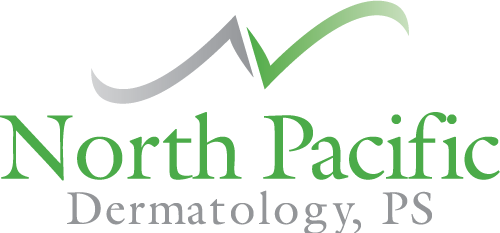Could You Benefit from Mohs Micrographic Surgery?
Mohs micrographic surgery is a widely performed surgical dermatology procedure. But could you benefit from Mohs? Here’s when Mohs may be a viable option for you.
You Have an Aggressive Form of Skin Cancer
Mohs is one of the most widely used and effective treatments for skin cancer. It is particularly effective when treating basal cell carcinoma and squamous cell carcinoma. Mohs is also a good option if you have an aggressive form of skin cancer or your skin cancer has a high risk of recurrence. If you’re concerned about skin cancer or you’ve had skin cancer before, be sure to look out for symptoms and to schedule regular skin cancer screenings. Areas of your skin that have been exposed to harsh sunlight on a regular basis are at a higher risk of developing certain types of skin cancer. Most often, skin cancer screenings should take place once annually to ensure your skin is cancer-free. In the event that it isn’t, you’ll most likely benefit from Mohs.
You Want to Preserve Healthy Tissue
One of the reasons Mohs is so effective is the nature of the procedure. During Mohs surgery, a certified surgeon will systematically remove layers of affected tissue and examine them in an on-site lab. Once the tissue samples test negative for abnormalities, the procedure can end. This is an incredible benefit of Mohs because it means that most — if not all — of the healthy tissue surrounding a tumor or lesion can be preserved. Preserving healthy tissue is particularly important when you need Mohs surgery in a sensitive area, cosmetically noticeable area, or an area that needs to be highly functional. These areas may include the face, lips, hands, feet, genitals, ears, nose, and eyes. Preserving aesthetics and function are important in these areas, which makes Mohs a good option.
Your Skin Cancer Has Blurred Borders
One of the telltale signs of melanoma is a blurred or jagged edge. Your dermatologist will look for any moles that meet this criterion during routine skin cancer screening sessions. If you do have a mole or patch of skin that tests positive for cancer and has an ill-defined border or jagged borders, Mohs micrographic surgery is typically the best option. As we discussed above, Mohs procedures systematically remove layers of tissue and test them for cancerous cells. This systematic removal of tissue is hugely beneficial when dealing with skin cancer that doesn’t have a defined border. With cancerous growth like that, it can be difficult to tell just how widespread or deep the cancerous growth is. Mohs can help determine that while preserving the healthy tissue surrounding the cancerous cells. In this way, most — if not all — of the cancerous tissue can be removed, even when aesthetically it’s difficult to tell where some types of skin cancer begin and end.
Undergoing Mohs micrographic surgery is not a choice that you should take lightly. It requires careful assessment, both from you and from your dermatologist. If you have more questions or want to know if Mohs surgery is right for you, don’t hesitate to set up an appointment with a member of our team at North Pacific Dermatology today.
